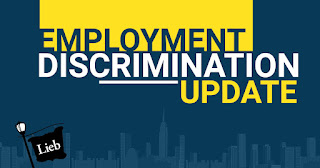In New York State and under the New York State Human Rights Law, a discrimination lawsuit generally must be commenced within three-years of the wrong complained of for the lawsuit to be timely and actionable.
However, a federal employment discrimination case must be filed with the Equal Employment Opportunity Commission (EEOC) within 300 days of the wrong for a federal claim, under Title VII, to be actionable. Yet, no federal lawsuit can be filed until the EEOC issues a right to sue letter.
So, what happens when an employee wants to file both a federal and state claim? Specifically, what happens if the right to sue letter isn't issued until after the expiration of the three-year New York State deadline?
The Appellate Division, First Department, just answered that question in Gabin v Greenwich House, Inc.
The court ruled that NYS Administrative Code section 8-502(d) tolls (a/k/a, freezes) the counting of the three-year period under state law during the period from when a charge is first filed with the EEOC until the right to sue letter is issued.
